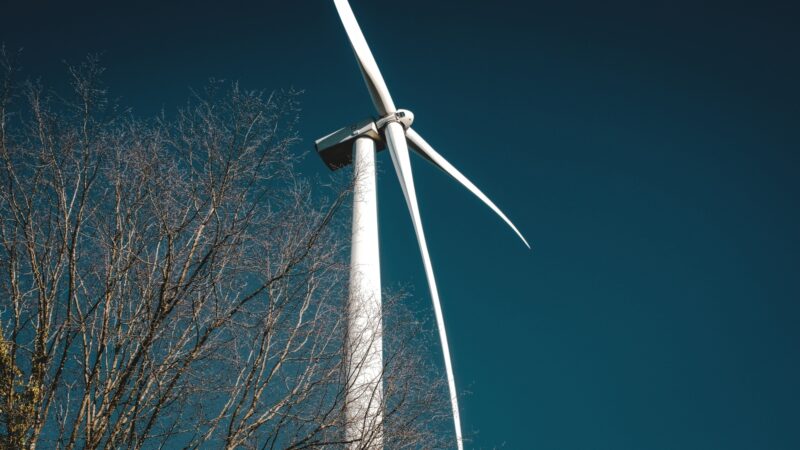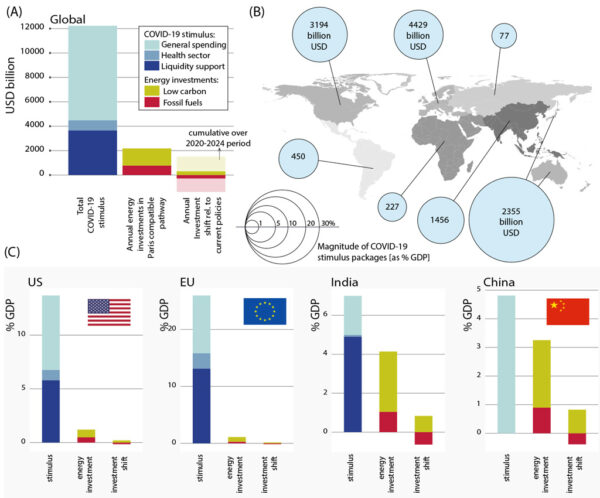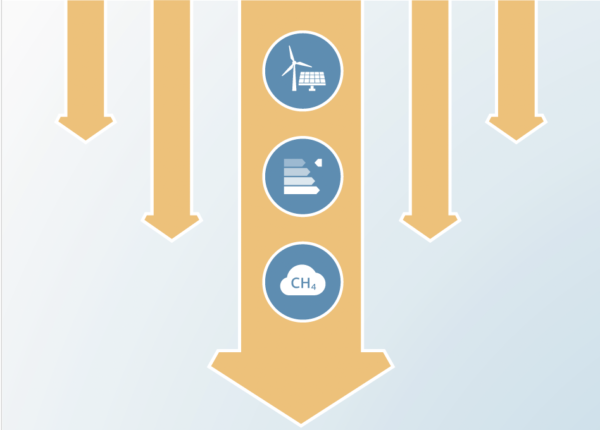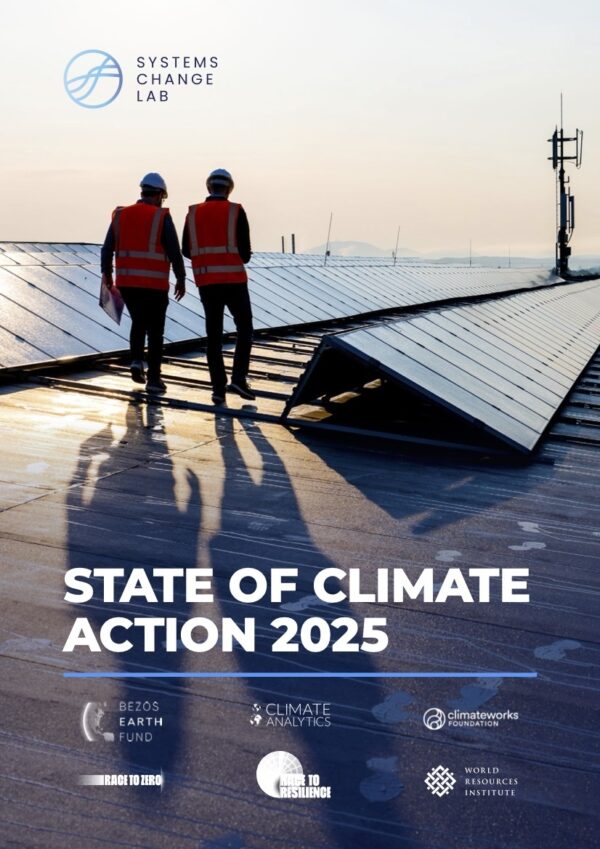COVID-19 recovery funds dwarf clean energy investment needs
Authors
Marina Andrijevic, Carl-Friedrich Schleussner, Matthew Gidden, David McCollum, Joeri Rogelj
Share

Governments around the globe are responding to the economic crisis brought about by the coronavirus pandemic with unprecedented economic recovery packages.
Several influential voices, including the United Nations (UN) secretary-general, heads of state, companies, investors, and central banks, have called for post–COVID-19 economic recovery efforts to be used to catalyse the necessary longer-term transformation toward a more sustainable and resilient society.This study shines a light on the opportunity for these investments to support a green recovery by inventorying and classifying the latest information on governments' fiscal stimulus plans and comparing the size of these measures to estimates of low-carbon energy investment needs compatible with the 2015 UN Paris Agreement.
The study shows that low-carbon investments to put the world on an ambitious track toward net zero carbon dioxide emissions by mid-century are dwarfed by currently announced COVID-19 stimulus funds. But marked differences across countries and regions at differing stages of development emphasise the role that international support and global partnership must play to create conditions that enable a global climate-positive recovery.












